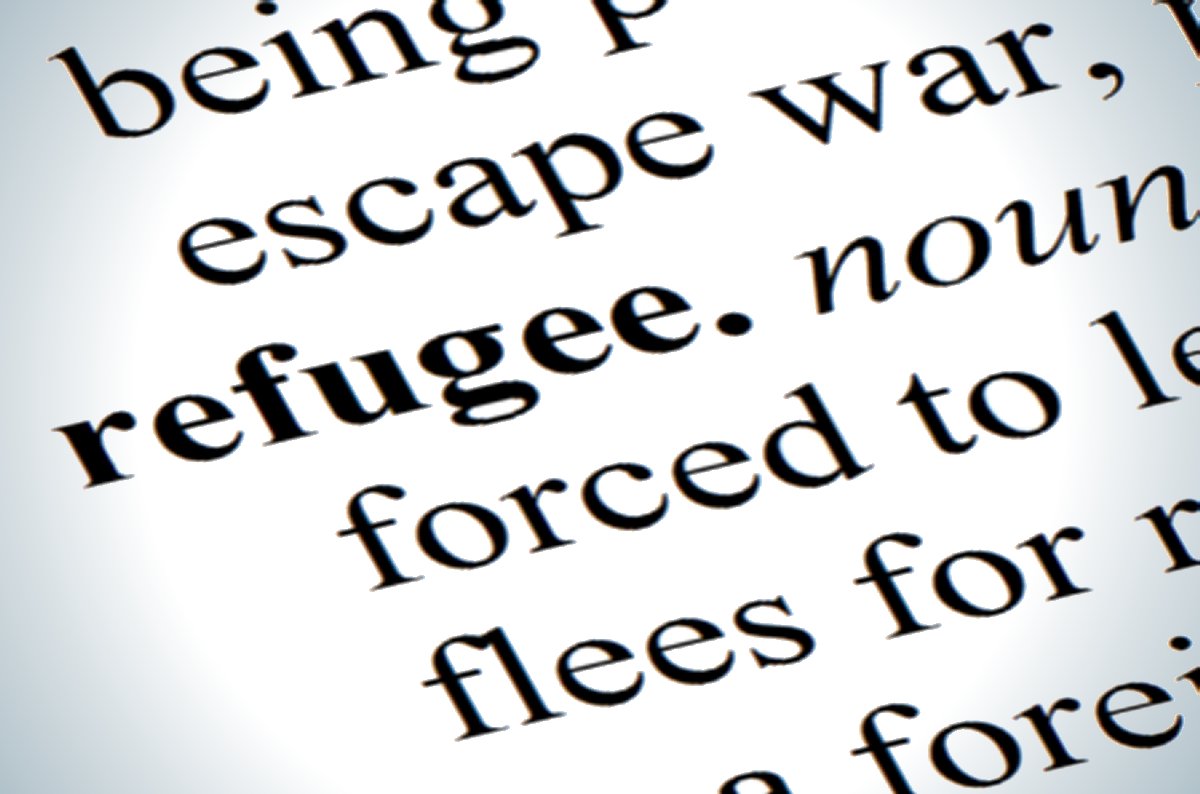The 1979 Soviet invasion of Afghanistan marks the first mass migration of Afghan refugees into bordering Pakistan and Iran. For 32 years after this, more than 6 million Afghans fled into its neighbors, making Afghanistan the highest producer of refugees globally. Refugees come from many different tribes, with different cultures and languages, untied merely by a shared religion- Islam. Probably due to the Afghan war currently being fought, the struggles of Afghan refugees seems to be under-discussed. I have the advantage of coming from a well traveled military family, and my father has had the disadvantage of deploying to Afghanistan three times, the last time receiving a Purple Heart and Bronze Star with Valor for his actions.
“There were hundreds of refugees along the roadside, some trucking on toward Iran and some stopped to rest in the brutal sun, but all fleeing the Taliban infestations of Farah, Herat and Badghis Provinces, and to seek refuge away from the bloody battles between insurgent forces, the rival Dari, Pashtun, Tajik, Turkmen and Kuchi tribes, and the alliance of NATO forces and Afghan National Security Forces. I remember feeling a flood of sadness come over me as I looked down at the people so used to our helicopters overhead that they didn't even look up, and just carried on with their migration toward Iran and hopes for a better tomorrow for their families” (MSGT Kevin Wallace, 2018). He described how, once on the ground at the border, he saw families getting ripped apart, conflict between Afghans and Iranians break out, and tensions due to language barriers. “Once families made it into Iran, they were ripped apart by police and other government officials, and made to walk through tunnels of chain-link fencing, where rich Iranian and scouts working on their behalf would identify and separate people based on potential, I can only assume. I saw more attractive young girls between the ages of about 7-14 let through, and less attractive ones turned around and sent back to Afghanistan. I saw the more abled bodied men let through and men with deformities or handicaps sent back to Afghanistan. I watched in horror as husbands were ripped from wives, children from parents, and only a small number of refugees allowed into Iran. Furthermore, I saw violence escalate between the Afghan refugees and Iranian forces several times, and from my perspective much of this was due to the language barriers that existed between the varied Afghan tribes and the Persian speaking Iranians. The Afghans of Dari descent seemed to be able to converse better as Dari is rooted in Persian, but the refugees from other Afghan tribes knew very little Persian, and could only say basic and common Arabic phrases that every Muslim would know” (MSGT K. Wallace). While we discussed international institutions designed to assist refugees, Senior Master Sergeant Wallace does not recall seeing any, calling the scene horrific, and Wallace says that inside the refugee crisis, he found it very easy to truly see the evil in humanity manifest itself solely for greed.  |
| Photo by MSGT Kevin Wallace |




No comments:
Post a Comment